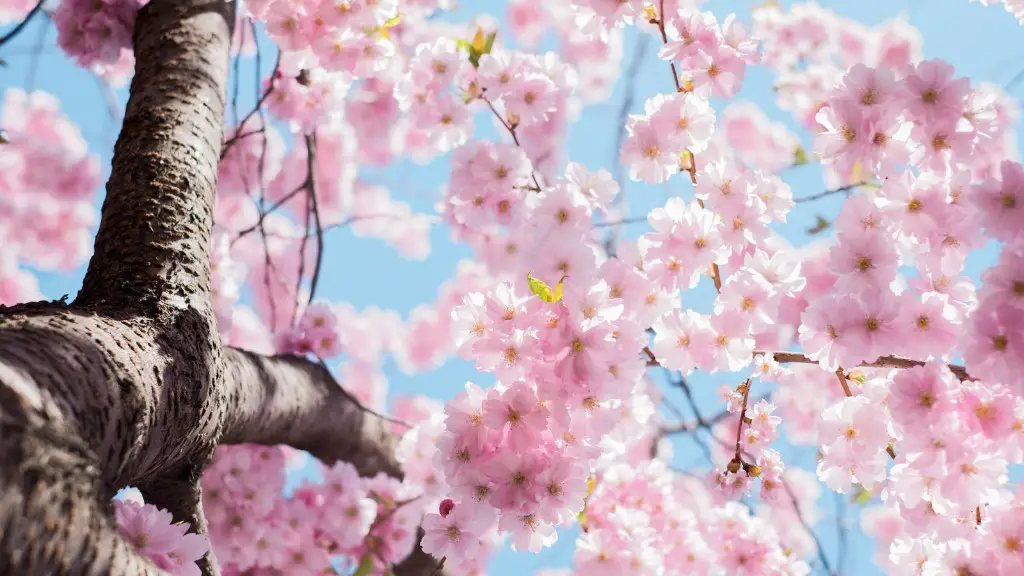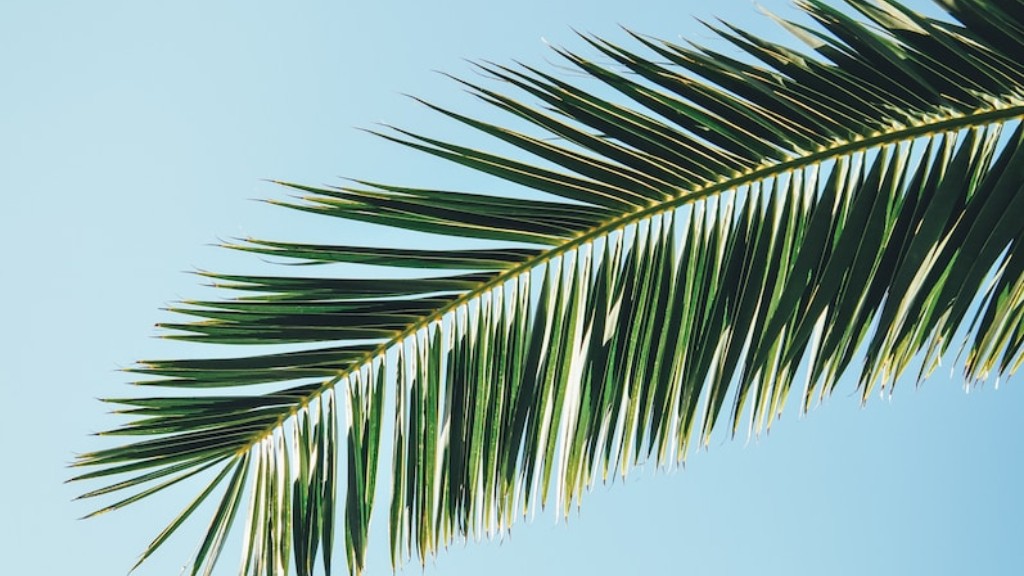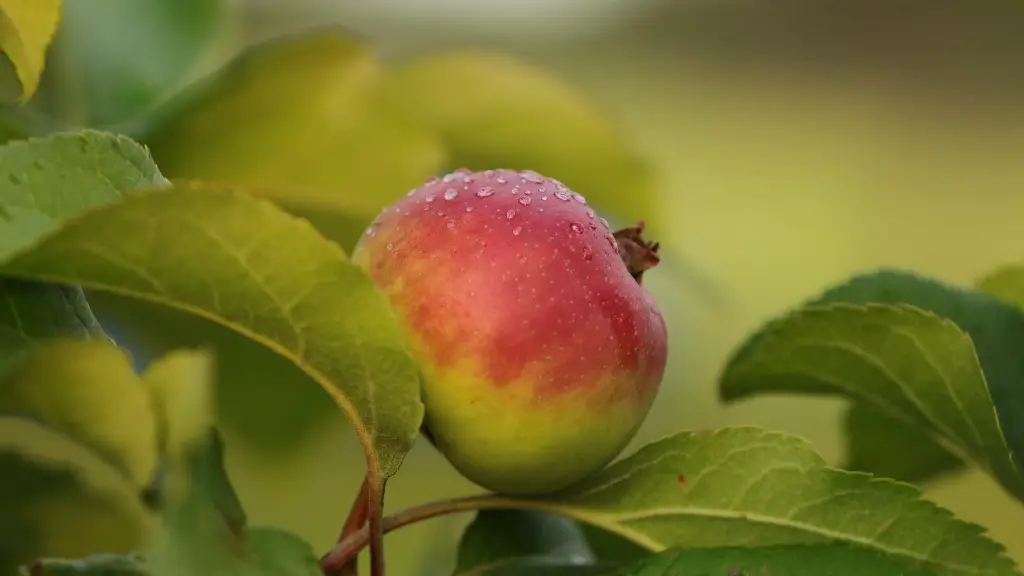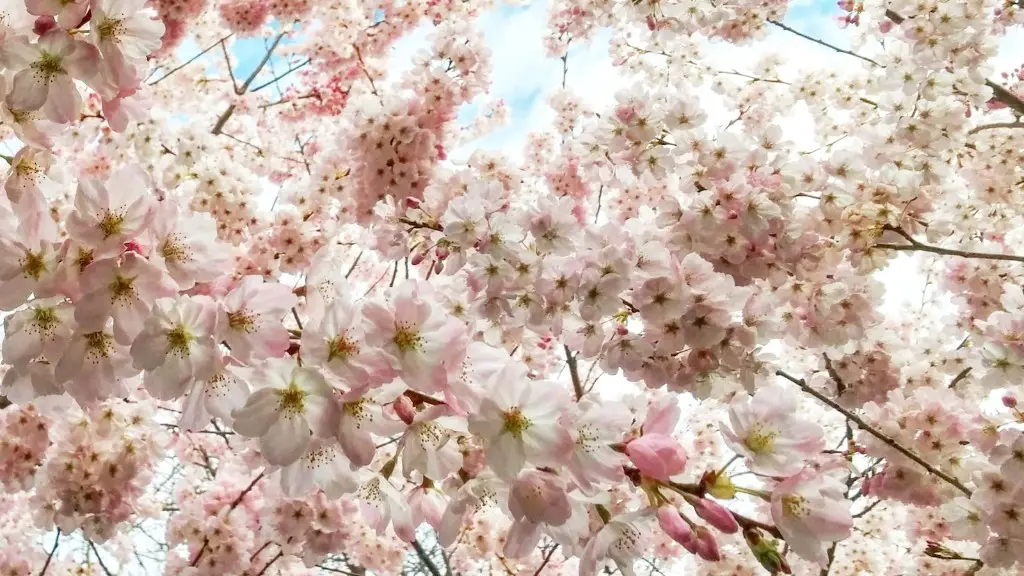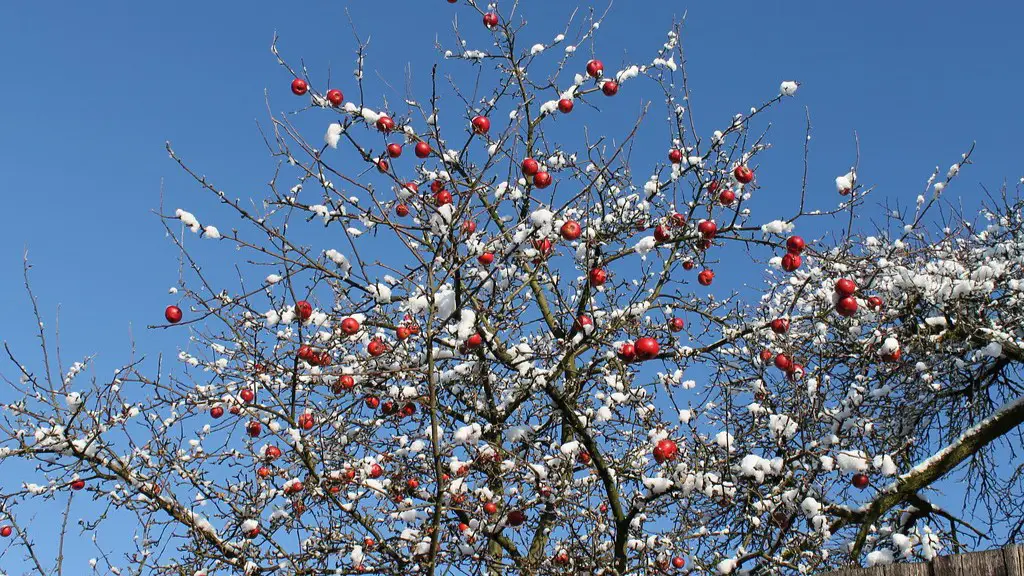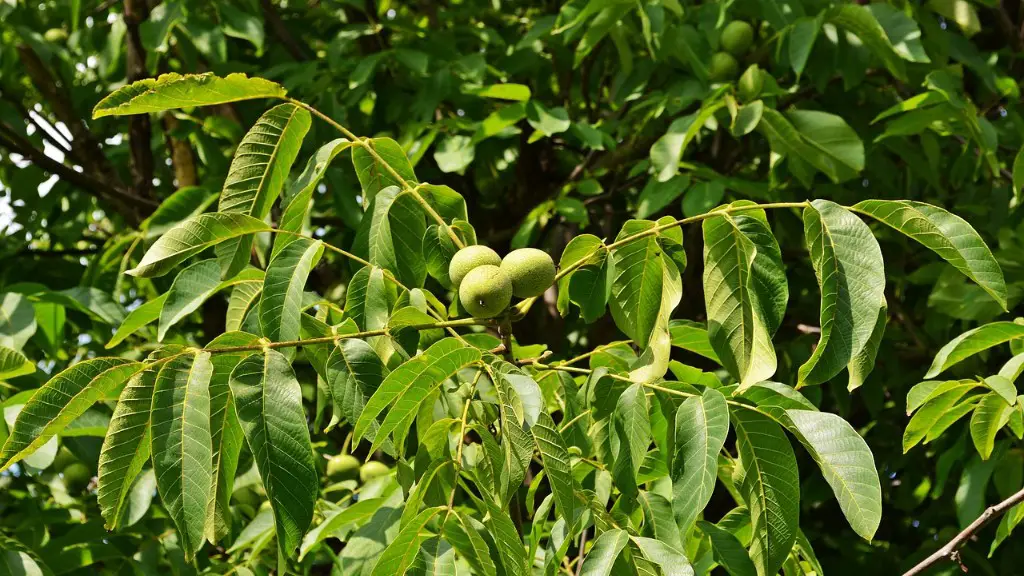Transplanting a cherry blossom tree can be an arduous but rewarding task. You will need to take its size, weight, root system and the surrounding area into consideration. Proper soil preparation, adequate water and light, and use of the right materials are all essential for successful transplant. A detailed understanding of the process is essential if you want your tree to thrive in its new environment.
Before transplanting your cherry blossom tree, you will need to dig a hole large enough for its roots. You should use a spade and dig the hole at least 2-3 feet deep and wide, depending on the size of the tree. It is important to keep the roots of the tree dry, so it is important to put a few inches of soil in the bottom of the hole before planting. When the hole is done, it is time to prepare the soil for the new tree.
You will also need to prepare the soil for the tree. You should use a mix of soil, sand, and compost to ensure that the tree receives the necessary nutrients and minerals. You can also add some manure, peat moss, and other organic matter to make sure the soil is well balanced. The soil should be well drained and the pH should be within 6.5-7.5.
Once the soil is ready, it is time to transplant the tree. Start by carefully lifting the tree and placing it in the middle of the hole. Make sure the root ball is free of weeds and debris. The tree should be firmly in the soil, so that it won’t move during the transplant. Gently tap the side of the hole with a spade to break the soil around the root ball. Fill the hole and the surrounding area with a mix of soil and compost, making sure that the tree is firmly in the ground.
Water the tree thoroughly and cover the top of the soil with mulch or straw to protect the tree from extreme temperature fluctuations. If you live in a cold climate, you may also want to cover the tree with a sheet of plastic or burlap during the winter months.
Cherry blossom trees thrive in full sun, but can also tolerate partial shade. If your tree is in a shady spot, you may need to prune it to let more light in. This will help the tree to produce lush flowers and provide it with ample nutrition.
It is also important to fertilize the tree regularly to ensure that it gets the necessary nutrients and minerals. Use an organic fertilizer that is high in nitrogen and potassium for optimal results. You should also keep an eye on the tree for signs of distress, such as wilting leaves or stunted growth. If you notice any of these, take the necessary steps to address the issue.
Watering
Watering is essential for any tree and cherry blossom trees are no exception. During the first few weeks after transplanting, you will need to water the tree more often to help it adjust to its new environment. Avoid overwatering, as this can damage the roots.
Make sure to water your tree early in the morning or late in the evening when the temperature is cooler. This will prevent the water from evaporating too quickly. Watering once a week should be sufficient in cooler climates, while trees in hotter climates may need to be watered twice a week.
Mulching your cherry blossom tree will help to retain moisture and protect it from extreme temperatures. A layer of mulch around the base of the tree will also help to suppress weeds and add nutrients to the soil.
Pruning
Pruning is an important part of caring for a cherry blossom tree. Pruning can help the tree to reach its full potential by controlling its size and shape. Prune the tree when it is dormant, in the late winter or early spring.
Remove any dead, diseased, or broken branches. You can also prune the tree to help encourage it to grow in a certain direction or to control its size. Avoid pruning too much at once, as this can cause stress and shock to the tree.
Pest Control
Cherry blossom trees can be susceptible to pests and disease. Aphids, scale insects, borers, and caterpillars are some of the more common pests. Promptly remove any pests you find and use an appropriate insecticidal soap or spray to prevent further infestations.
Fungal diseases like powdery mildew and anthracnose can also affect cherry blossom trees. These can be treated with fungicidal sprays, but it is important to monitor the tree carefully and take action as soon as you see any signs of a disease.
Pruning Pruning
You may also need to prune your cherry blossom tree occasionally. The best time to do this is in late spring or early summer when the sap is flowing. Prune the tree to remove dead or diseased branches or to shape the tree. Make sure to work in small sections and avoid cutting too much at once.
You may also need to prune to improve air circulation. This can help to prevent disease and increase the amount of light that reaches the lower branches.
Soil Preparation
The soil in which you transplant your cherry blossom tree will also play a role in its health. Make sure to use soil that is well drained and has a neutral to slightly acidic pH, around 6.5-7.5. You should also add organic matter such as compost or composted manure to the soil to help it retain moisture and provide the tree with plenty of nutrients.
Test the soil for pH and nutrient content and adjust accordingly. Avoid using chemical fertilizers as these can cause damage to the roots of the tree. Organic fertilizers are preferable.
Mulching
Mulching the soil around your cherry blossom tree can help to retain moisture and protect against extreme temperatures. A layer of organic mulch around the base of the tree will insulate the roots and help to suppress weeds. Make sure to keep the mulch 1-2 inches away from the trunk.
You may also want to use plastic sheeting or burlap to protect the tree during the winter months, particularly if you live in an area with cold winters.
Maintenance
Regular maintenance of your cherry blossom tree is essential for its health and longevity. Check the soil regularly and make sure to amend it if necessary. Prune the tree as needed to keep it in shape and remove any dead or diseased branches.
Water the tree regularly, especially during hot periods and when it is first transplanted. Apply a layer of mulch every year and pay attention to signs of pests and diseases. With regular maintenance and care, you can enjoy beautiful cherry blossom flowers for many years to come.
